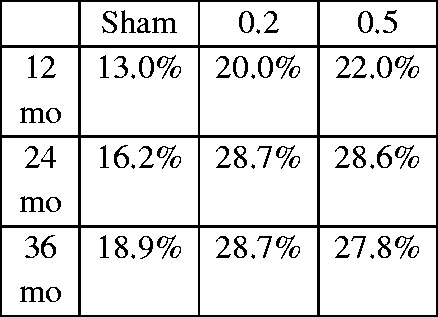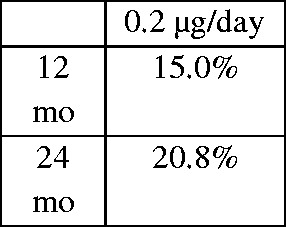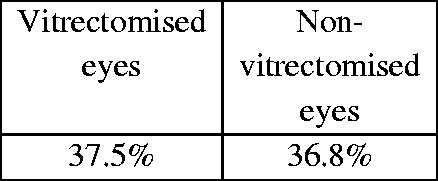Table 1.
Summary of the most important studies of ILUVIEN®.
| Study | Year | Design | Number of patients | Key results |
|---|---|---|---|---|
| FAME study group16,20 | 2011 and 2012 | Two parallel, prospective, randomised, sham injection-controlled, double-masked, multicentre clinical trials24- and 36-month follow-ups | Sham, n = 1850.2 µg/day, n = 3750.5 µg/day, n = 393 | 1. Visual gain of >15 ETDRS letters
|
| 2. BCVA letter score gain at 24 monthsSham: 1.70.2 μg: 4.40.5 μg: 5.43. Glaucoma surgerySham: 0.5%0.2 µg: 3.7%0.5 μg: 7.6 % | ||||
| ICE-UK33 | 2017 | Retrospective study involving 13 ophthalmology centresApril 2013–2015, 12-month follow-up | 208 patients (233 eyes) | 1. Visual gain of >15 ETDRS letters: 18% at 12 months 2. Glaucoma surgery: 0% 3. Glaucoma therapy: 15% |
| Medisoft Audit Group36 | 2017 | 14 clinical centres in the UK, electronic pseudo-anonymised medical record system, retrospective | 305 patients (345 eyes) | 1. Visual gain of >15 ETDRS letters
|
| 2. Letter gain at 18 and 24 months: 4.5 and 5.33. Requirement for emergent IOP-lowering medication in 22.0% and requirement for glaucoma surgery in 0.8% with a glaucoma diagnosis rate of 2.4% | ||||
| Pessoa et al.40 | 2018 | Retrospective comparative, vitrectomised vs. non-vitrectomised eyes | 43 eyes (24 vitrectomised, 19 non-vitrectomised) | 1. Visual gain of >15 ETDRS letters 8.5 months
|
| El-Ghrably et al.34 | 2017 | Observational, prospective, multicentre study | 57 patients | Gain of 5.1 EDTRS letters at month 12; 22% of patients gained ≥15 EDTRS letters |
| IRISS52 | 2018 | Prospective, observational, multicentre study | 563 patients (593 eyes) | 1. 23.3% of patients required IOP-lowering drops 2. 2.3% of patients required glaucoma surgery |
ETDRS, Early Treatment Diabetic Retinopathy Study; BCVA, best-corrected visual acuity; IOP, intraocular pressure.
